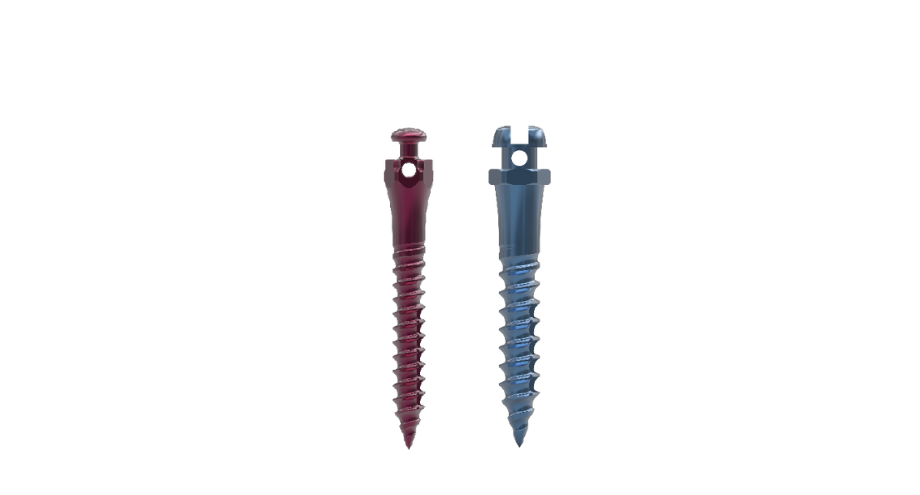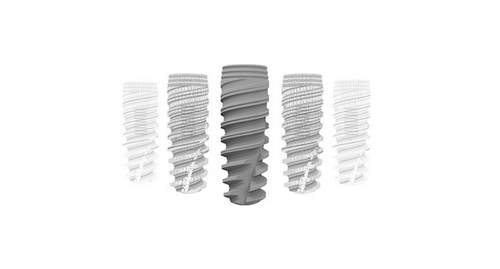The key to tapered implants such as the ZinicMT lies in their high primary stability, in other words, in the solidity and consistency they achieve at the bone-implant junction. Correct primary stability is essential for osseointegration, as it reduces the risk of micromovement and negative tissue response.
To achieve this stability, the design of the implant is essential, which is the reason why ZinicMT has been through in every detail.
ZinicMT, balance and stability for the wellness of your patient
With an internal hexagonal connection, the physical and functional details of Zinic MT are designed to achieve optimal primary stability to ensure the success of the osseointegration process. The hexagonal shape of the connection also guarantees the proper fit of the abutment to the implant and a connection resistant to lateral loads, as well as excellent aesthetic results.
Thanks to its mechanical and surface factors, ZinicMT provides:
- Improvement of the distribution of longitudinal forces (hexagon depth of 1.5mm).
- Reduction of bacterial infiltration (conical bevel).
- Reduction of micro-movements (conical friction).
- Soft tissue formation and emergence profile shaping (Platform Switch).
Its cortical area is shaped by a 0.4mm mechanised ring that allows to raise the prosthetic gap according to the crestal bone in medium-thick biotypes and avoiding to expose the treated surface in irregular crest.
In addition, its silhouette, which is similar to the natural root of the tooth, allows the implant to adapt completely to the abutment and provides an impeccable seal.
Its advantages also include:
- Micro-thread design preserves marginal bone and improves load distribution.
- Macro design allows for optimal cortical compression.
- Reduced angle lead threads provide stability during insertion and increase BIC (bone-implant contact).
- The double lead thread multiplies the insertion speed and reduces surgical time.
- The self-tapping active apex facilitates insertion even in cases of undersized drilling.
- The transverse apical vents collect bone detritus during the insertion, allowing for efficient bone integration and long-term stability.
- The optimised morphology results in high primary stability.
- The atraumatic apex protects anatomical structures.
ZinicMT and the Titansure® surface
The chemical composition of the Titansure surface treatment, combined with the topographical characteristics of the implant, significantly improves the osseointegration process of Zinic MT.
The Titansure surface keeps Zinic MT free of contaminants and gives it a macro- and microporosity with optimal average values for fast and correct osseointegration, which at the same time increases the reliability and predictability of the implant.
For which cases is ZinicMT indicated?
ZinicMT is especially indicated for use in immediate or early loading and for cases of convergence or apical collapse. Its conical design facilitates low-density bone shaping and, due to being thinner than cylindrical implants, Zini MT is suitable for replacing practically any dental piece.
The use of ZinicMT is recommended in the following clinical situations:
- Soft bone (type IV), where primary stability is difficult to obtain.
- Immediate placement in post-extraction sockets.
- Spaces with converging roots or adjacent teeth.
- Simultaneous graft and implant placement.
- Implant placement in sinus lift procedures.
- Aesthetic areas where bone preservation is the key.
- In bone structures lacking appropriate physical properties.
Find out more about our ZinicMT conical connection implant by contacting our sales network.




